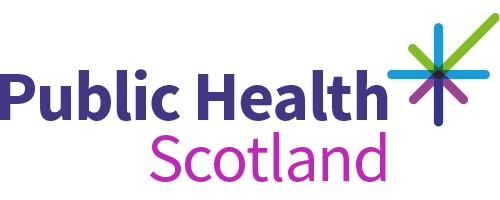Updating the frequency of our waiting times statistics
Posted on 28 October 2025 by Scott Heald
- Waiting times
As a data and intelligence led organisation, Public Health Scotland (PHS) is committed to providing timely, relevant, and high-quality data to support public understanding of NHS performance. Today, our Director of Data and Digital Innovation and Head of Profession for Statistics, Scott Heald, talks through a major development in how we report waiting times for NHS Scotland.
Waiting times for consultant-led new outpatient appointments and treatment as an inpatient or day case are important statistics as they give an indication to the public of how long they might need to wait for their appointment from the NHS in Scotland. They also give an indication on how the NHS is performing in Scotland. These statistics are an essential part of the Scottish Government’s commitments in their Operational Improvement Plan.
Given the increased focus on these statistics, we are changing the frequency of publication from quarterly to monthly. Replacing the previous quarterly format, allows for more frequent updates on a topic that matters deeply to patients, clinicians, and policymakers.
Today’s publication includes data up to 30 September 2025. Our next publication at the end of November will cover data up to 31 October 2025, and similarly in subsequent months. Our complementary patient-facing website, which shows waiting times for new outpatient appointments at consultant-led clinics and inpatient and day case treatment, will also now be updated monthly, addressing user feedback that quarterly updates on these statistics were not as timely as they could be. This will now give patients a more up to date position on likely waiting times.
New Statistics to Reflect Updated Guidance
To fulfil this responsibility, we have relied on support from local Boards as we updated our data systems to produce statistics aligned with the latest guidance issued by the Scottish Government in December 2023.
The 2023 guidance includes new rules about how to adjust overall waiting time calculations for patients who don’t attend or are unavailable for appointments (for example, if they are too ill for a booked procedure). These changes mean that the waiting times estimates using the new guidance are marginally shorter than was the case with the previous guidance. Our commentary makes clear that this difference is due to the adjustments Boards should now make in line with the 2023 guidance, and not because patients are being seen more quickly.
We recognise that local NHS Boards may not yet have updated their patient management systems to reflect the new definitions. In many areas, these updates may take up to two years to implement so local boards will continue to report their own data using the previous guidance.
PHS is uniquely positioned to offer consistent and timely waiting times statistics at both national and local levels. Delaying publication until all local systems are updated would mean withholding valuable insights from users. In our judgement, user needs are best served by publishing statistics aligned with the latest guidance accompanied by clear information explaining how the changes affect waiting times estimates and why they may differ from locally reported figures.
To help users understand the changes, we’ve published:
- A detailed impact assessment comparing the 2012 and 2023 guidance.
- This blog post explaining how the changes improve the relevance and timeliness of the data.
- New webpages that bring together all PHS data (and information about ongoing data developments) linked to the Operational Improvement Plan published in March 2025.
As a producer of official statistics, PHS complies with UK Code of Practice for Statistics and my role as Head of Profession for Statistics is to ensure that PHS complies with the best practice principles of trustworthiness, quality and value when producing our official statistics. Given the important changes outlined above to these statistics, I have written to the Office for Statistics regulation to update them and to ask them to undertake a compliance check so that we can receive important feedback from them about the changes.
We will also be engaging directly with key users such as MSPs, parliamentary staff and government officials to help them use these statistics effectively and answer questions about these developments.
If you have any questions about these statistics, or what the changes mean in practice, please contact our team on phs.waitingtimes@phs.scot
